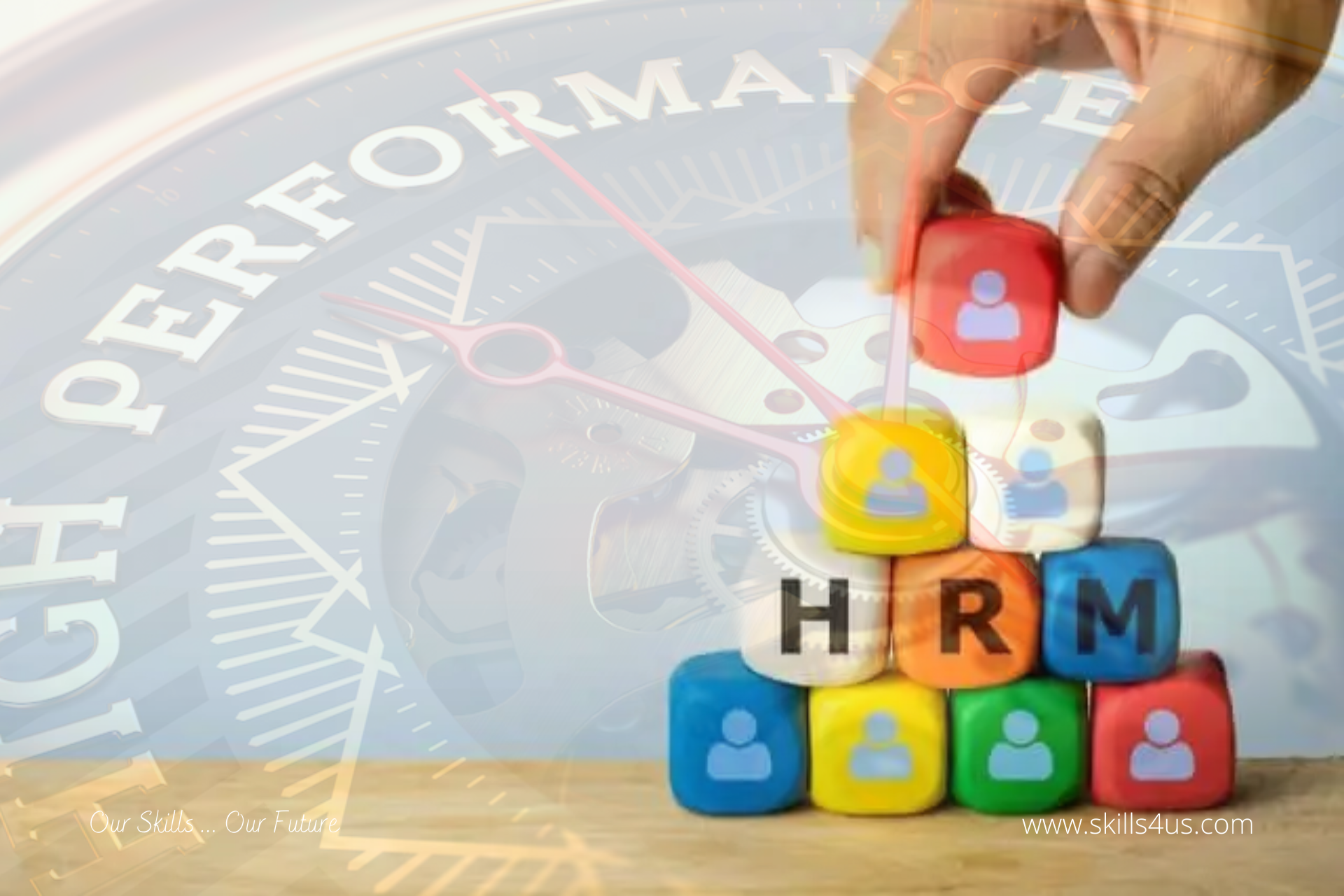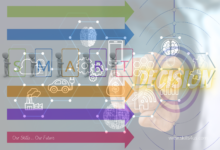
HRM Is Strategic Partner For Outstanding Performance Organizations
Creating an outstanding performance organization depends first on finding and hiring the right people and then nurturing, developing, and rewarding those people to be creative and outstanding performers. So, meeting future talent considerations has become a significant concern among organizations. As talent considerations become an essential part of the concerns of organizations, outstanding performance organizations have begun to make structural changes in addressing issues of managing their employees. In addition, human resources are increasingly becoming an essential partner in ensuring that organizations meet performance indicators and long-term goals. They make talent management a key component in creating and maintaining an outstanding performance organization, even during challenging times. In other words, the role of HRM is to manage human capital to create an outstanding performance organization culture.
How HRM Drives Outstanding Performance
Year-on-year revenue growth, continuous product innovation, and continuous expansion are all hallmarks of outstanding performance organizations. To achieve these results, outstanding organizations have invested in the potential of their employees. Note that the outstanding performance organizations concerning their employees are those organizations that have a clear strategy for individuals and invest in its implementation. Here is how HRM can promote outstanding performance in organizations:
1. Alignment of employee goals and organization priorities
Employee performance increases dramatically when employee goals and organizational priorities align. So outstanding performance organizations set goals and align those goals with their workforce. In addition, you link managers, teams, and individuals to clear outcomes that will lead to business growth and success. Moreover, the role of HR strategy in developing alignment is far-reaching, as it helps establish the organization’s mission for outstanding performance by ensuring that it gets the best talent for the job. And when the HR strategy aligns with business objectives, the workforce will be more motivated, productive, and profitable. To ensure alignment, HR leaders and programs play another critical role by prioritizing transparency and helping to communicate goals, expectations, and definitions of outstanding performance.
2. Building a culture of accountability in the organization
If organizations want to achieve their goals and keep employees engaged, they must create a culture of accountability in the workplace. Employee performance and engagement will be complex if accountability is separate from the organization’s culture. On the other hand, a lack of accountability can prevent organizations and individuals from reaching their full potential and achieving outstanding performance. Furthermore, employees may have the skills to achieve the organization’s ambitious goals but may still need to complete them. This is why accountability is crucial, as you ensure that results and outputs are continually evaluated. Thus, effective HRM programs are essential to building a culture of accountability. Because setting clear expectations and providing regular feedback can create an environment where everyone is accountable for results.
3. Increase employee engagement by building trust
Employee engagement is directly linked to outstanding performance, including better financial performance and a more productive work environment. To boost engagement, organizations must not just listen. They must also create action plans to address issues raised in conversations and surveys. When organizations listen to employees and take appropriate action, they create another vital part of engagement: trust. Therefore, HRM software is essential in increasing employee engagement by building trust with the teams in their organization. Ultimately, how an organization treats employees and how employees treat each other can positively influence their actions or endanger the organization.
4. The ability to adapt inside and outside the organization
The ability to adapt to change is an essential skill to have in today’s workplace. However, adapting within and outside the organization can help navigate uncertainty more easily. The organization may not know what will happen in the future, but its employees’ abilities to deal with it can be trusted. Therefore, the inability to adapt leads to the risk of business failure and employee frustration. Thus, the risk is the loss of performance or the failure to stop the organization’s growth and its inability to continue and survive.
HRM programs play a pivotal role in building that adaptable workforce. They can create policies and procedures to set goals. And use data from talent management solutions to guide decision-making and develop learning and development programs so employees can improve and reskill as needed. They are ultimately achieving high performance that helps the organization progress and thrive.
Empowering HR leads organizations to face challenges.
By empowering HR and tools to act on initiatives, organizations will be prepared to meet the challenges that lie ahead. HR leaders can ensure employees understand how their work aligns with the organization’s overall mission and values, employee performance is measured, and the workforce remains engaged and motivated; The organization is well positioned to face any disruption.
When HRM aligns with business goals, you’ll see a more motivated workforce, better productivity, and greater profitability.



